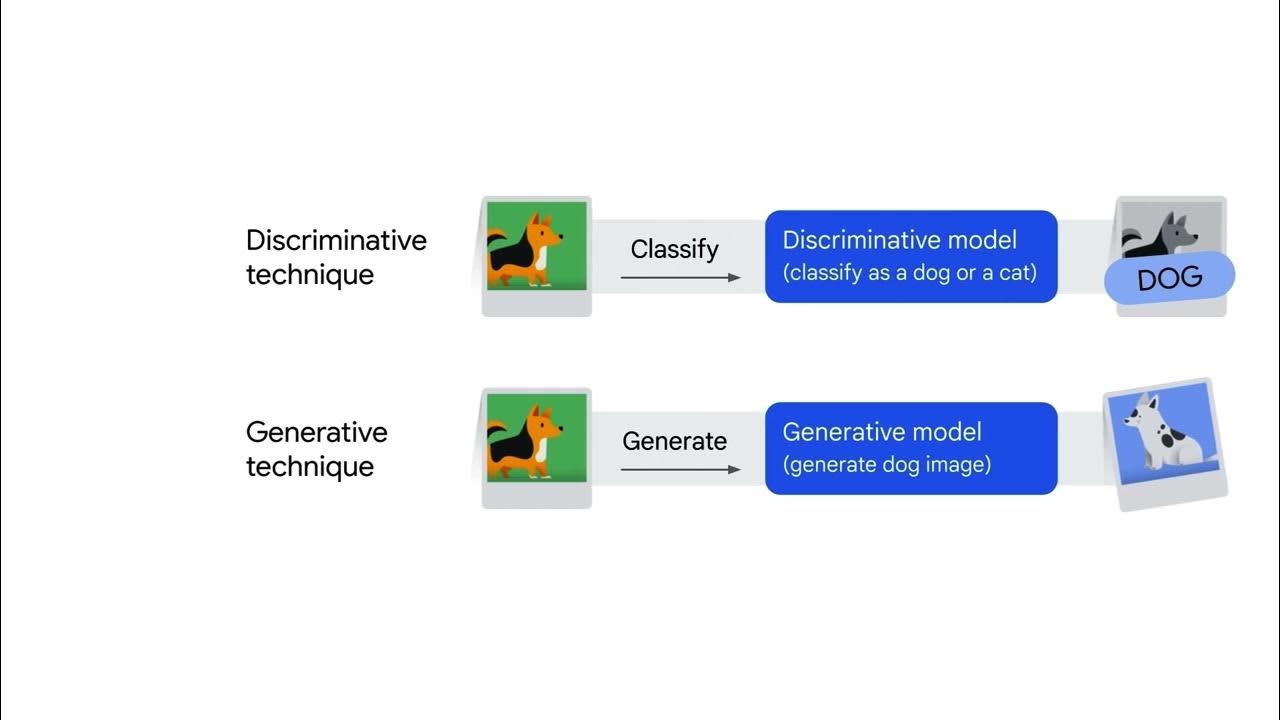Building Chat Applications [Pt 7] | Generative AI for Beginners
Summary
TLDRThis video introduces generative AI for beginners, focusing on the key differences between chatbots and generative AI chat applications. It explores building, enhancing, and integrating chat applications using APIs and SDKs, while also emphasizing user experience, accessibility, and personalization. The video covers advanced techniques like fine-tuning AI models for specialized tasks, as well as utilizing retrieval-augmented generation (RAG) to improve responses. Performance metrics, including response time and user satisfaction, are discussed, alongside responsible AI practices. Practical demos of Azure OpenAI applications are showcased, offering real-world examples of how generative AI can be applied in chat systems.
Takeaways
- 😀 Chatbots follow predefined scripts, while generative AI applications can produce real-time, contextually relevant responses.
- 😀 APIs and SDKs are great tools for quickly building chat applications and reducing development overhead.
- 😀 Enhancing user experience in chat applications includes features like clarification requests, context retention, and personalization.
- 😀 Accessibility features such as resizable text, screen reader compatibility, and voice commands are essential for inclusive chat experiences.
- 😀 Fine-tuning is used when a pre-trained model doesn't meet the specific needs of a domain, such as medical terminology or company jargon.
- 😀 The fine-tuning process involves selecting a base model, preparing training data, and applying hyperparameters like the number of training iterations.
- 😀 Retrieval Augmented Generation (RAG) combines information retrieval with LLMs to enhance response generation by grounding them in relevant data.
- 😀 Performance metrics for chat applications should include response time, accuracy (precision, recall, F1 score), and user satisfaction.
- 😀 Error rates and anomaly detection help ensure that chat applications remain reliable and function as expected.
- 😀 Responsible AI should prioritize trust, inclusivity, data protection, and continuous improvement, ensuring that AI systems are accountable and transparent.
Q & A
What is the main difference between chatbots and generative AI applications?
-Chatbots follow predefined scripts and rules to generate responses, often limited in scope. In contrast, generative AI applications create contextually relevant responses in real-time, adapting to a broader range of queries without relying on pre-set rules.
How can APIs and SDKs help when building a chat application?
-APIs and SDKs provide pre-built functionalities, saving time and effort. By leveraging these tools, developers can focus on creating core features rather than building everything from scratch.
What are some key aspects to enhance the user experience in a chat application?
-Key aspects include enabling clarification requests for ambiguous answers, retaining context for users to build on past conversations, offering personalized responses, and ensuring accessibility for users with various impairments (e.g., through text resizing or speech-to-text features).
What is fine-tuning in the context of AI models?
-Fine-tuning involves adapting a pre-trained AI model to a specific domain or task by training it on a specialized dataset. This is useful when a general-purpose model falls short for a particular application, such as medical diagnoses or company-specific jargon.
What is Retrieval Augmented Generation (RAG) and how does it improve chat applications?
-RAG combines information retrieval systems with generative AI to improve response quality. It retrieves relevant information before the AI generates a response, allowing for more accurate and contextually grounded replies.
What are the typical steps involved in fine-tuning an AI model using Azure OpenAI?
-The steps include selecting a base model, preparing and cleaning training data, setting hyperparameters, and training the model with the specialized dataset. Once trained, the model is ready to be used for specific tasks.
How do you measure performance in AI-driven chat applications?
-Performance can be measured by response time (how quickly the system provides an answer), accuracy (using metrics like precision, recall, and F1 score), user satisfaction (gathered through surveys and feedback), and error rate (how often the system provides incorrect answers).
What is the role of anomaly detection in AI chat applications?
-Anomaly detection identifies unusual patterns in behavior that deviate from expected outcomes. It helps maintain the reliability of the system by flagging potential issues that could negatively affect user experience or performance.
What are the six principles of responsible AI according to Microsoft?
-The six principles of responsible AI are: building trust and inclusivity, preventing harm, protecting user data, ensuring transparency, promoting fairness, and providing corrective actions in case of mistakes.
Can you explain a basic example of using Azure OpenAI in a chat application?
-In the demo, a software engineer asks the AI to generate a list of tasks to complete at the end of the day. The system, using Azure OpenAI's GPT-3.5 Turbo model, responds with a set of tasks, demonstrating a basic chat interaction powered by generative AI.
Outlines

هذا القسم متوفر فقط للمشتركين. يرجى الترقية للوصول إلى هذه الميزة.
قم بالترقية الآنMindmap

هذا القسم متوفر فقط للمشتركين. يرجى الترقية للوصول إلى هذه الميزة.
قم بالترقية الآنKeywords

هذا القسم متوفر فقط للمشتركين. يرجى الترقية للوصول إلى هذه الميزة.
قم بالترقية الآنHighlights

هذا القسم متوفر فقط للمشتركين. يرجى الترقية للوصول إلى هذه الميزة.
قم بالترقية الآنTranscripts

هذا القسم متوفر فقط للمشتركين. يرجى الترقية للوصول إلى هذه الميزة.
قم بالترقية الآنتصفح المزيد من مقاطع الفيديو ذات الصلة
5.0 / 5 (0 votes)






